FREE SHIPPING WORLDWIDE ON ALL ORDERS // Zero additional costs at check out
Japanese art has survived the fall of dynasties and has overcome major world events, yet it seems that nothing can stop the influence it has on artists across the world. From ukiyo-e woodcuts to dynamic Manga illustrations, Japanese art has evolved over time and continues to do so to this day. But what makes it so popular? And, how are artists being influenced by it? Discover how Tropia Art, along with many other contemporary artists source inspiration from Japanese art and travel on a visual journey through time and cultures.
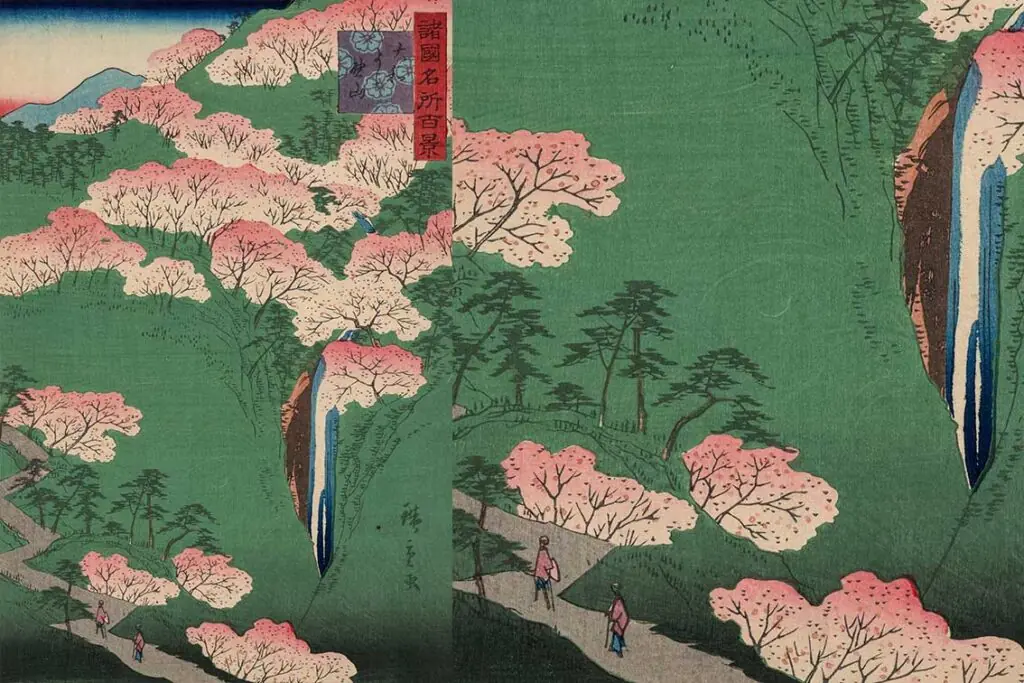
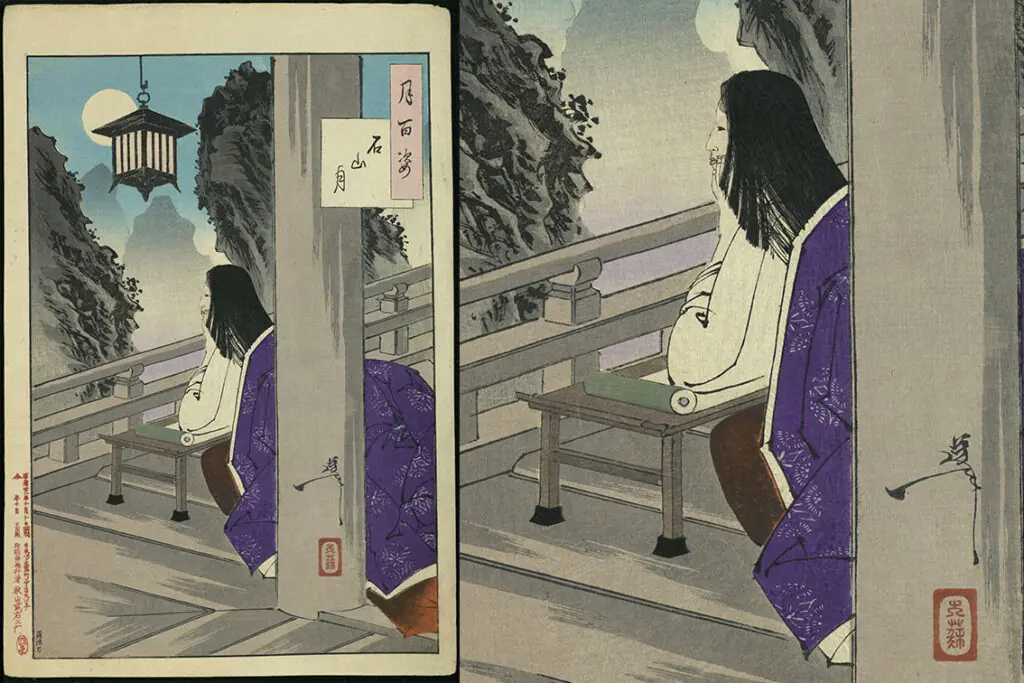
While Japanese art has been around for centuries, it only began to be called Japanese art from the 19th century onwards. The Impressionist movement had a big role to play in bringing Japanese art into the spotlight.
The sudden burst of interest became known as Japanisme and coincided with the time that Japan started trading with the west again in 1853.
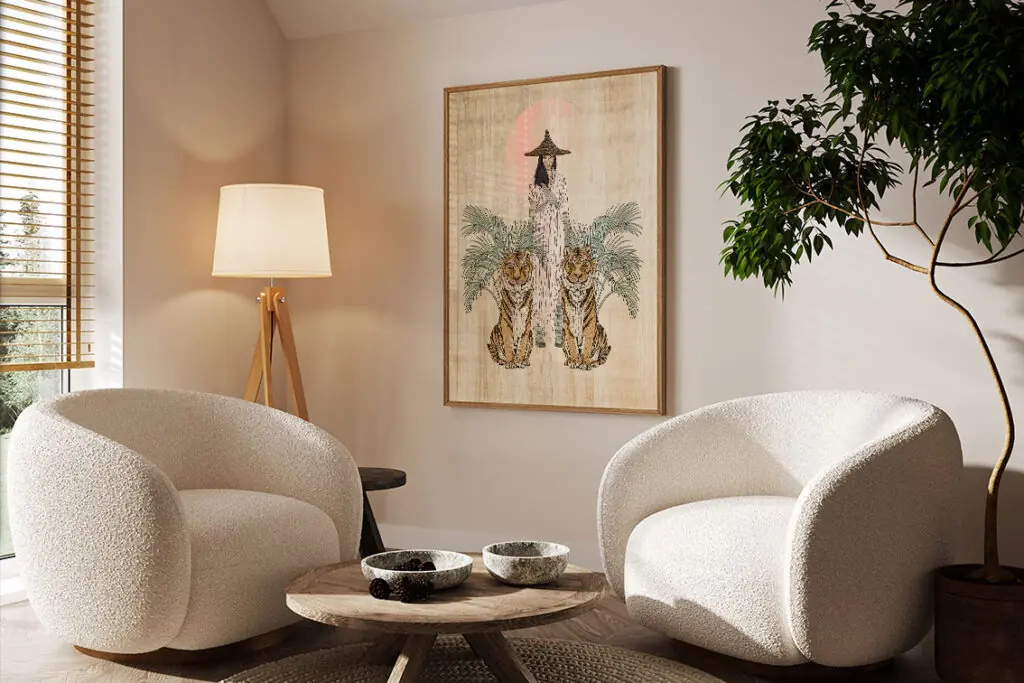
Artists such as Claude Monet were heavily inspired by this rising trend, so much so that his 1899 work The Water Lily Pond left art critics comparing it to the famous ukiyo-e print Under Mannen Bridge at Fukagawa, by Katsushika Hokusai. It is fair to say that the similarity between the two works is striking. However, artists like Mary Cassatt took the similarities even further, basing her painting The Coiffure on Kitagawa Utamaro’s work Takashima Ohisa Using Two Mirrors to Observe Her Coiffure. The use of flat colours, fine lines and only creating depth and dimensionality through the use of lines rather than experimenting with tone, all form the signature style of Japanese art. While the Impressionists were producing art in the late 1800s, many of the works they used for inspiration were created 100 years previously, proving just how timeless Japanese art is.
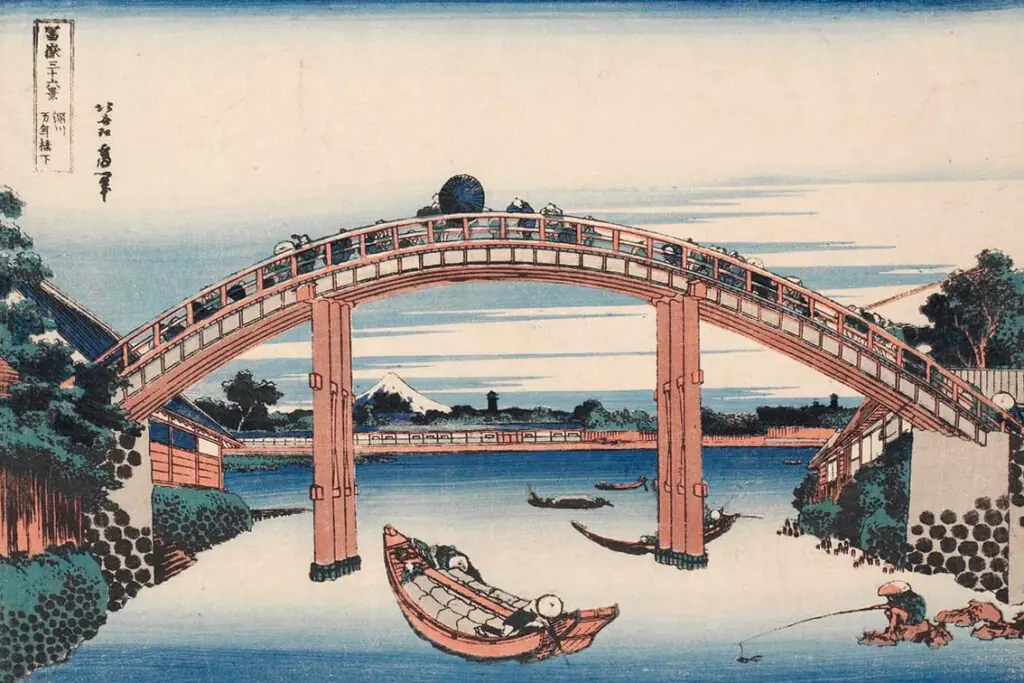
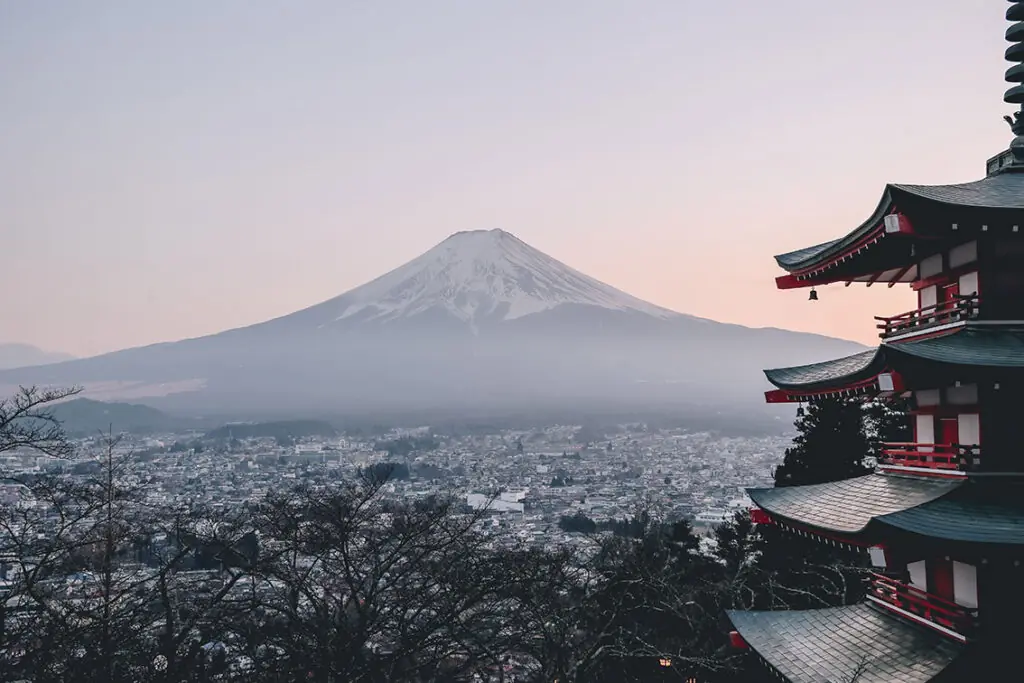
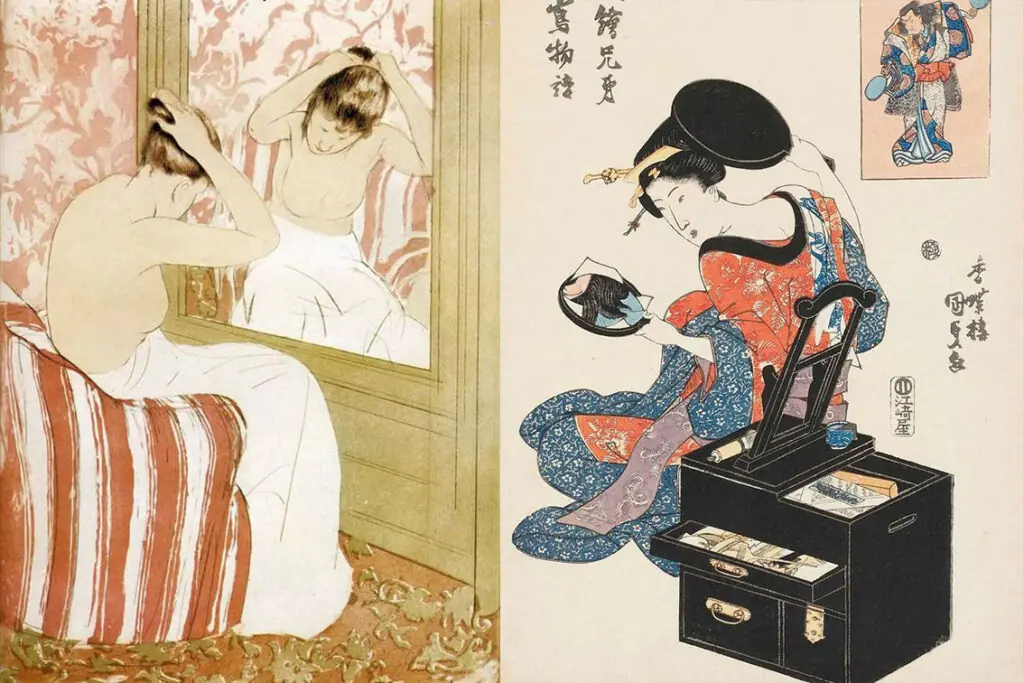
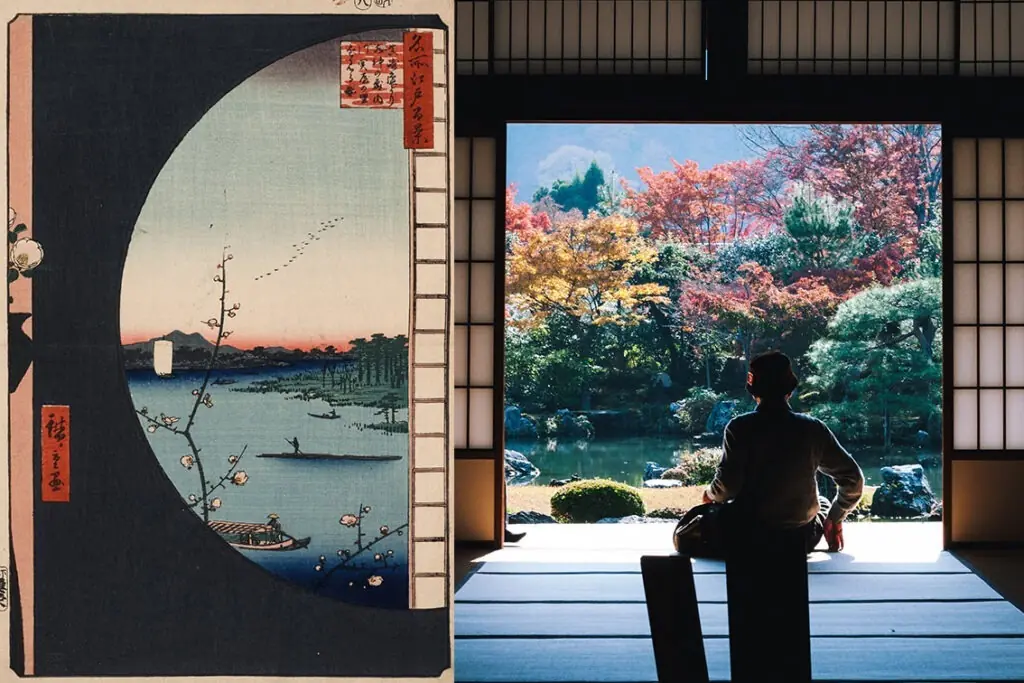
As time moved on, so did the epicentre of the western art scene. Instead of bohemian Paris, artists were looking to the bright lights of New York for their base. Yet their obsession with the mystical, ancient world of Japanese art didn’t fade away. Instead of the ukiyo-e block prints depicting watery scenes of Japanese hedonism, artists began honing in on an ancient Japanese art form: calligraphy. Jackson Pollock, Franz Kline and Willem de Kooning are often cited to have combined the Jungian theory of collective unconsciousness with the free-flowing lines of Japanese calligraphy as a way to express their freedom. Jackson even went as far as incorporating Japanese paper into his black series, taking the visual similarities between the two styles even further.
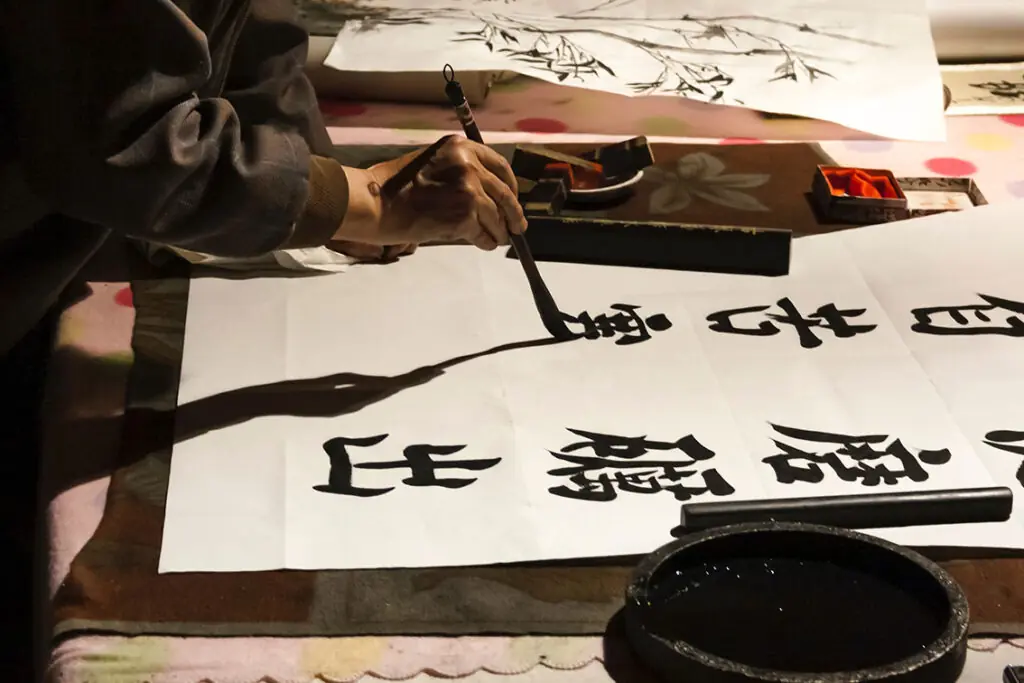
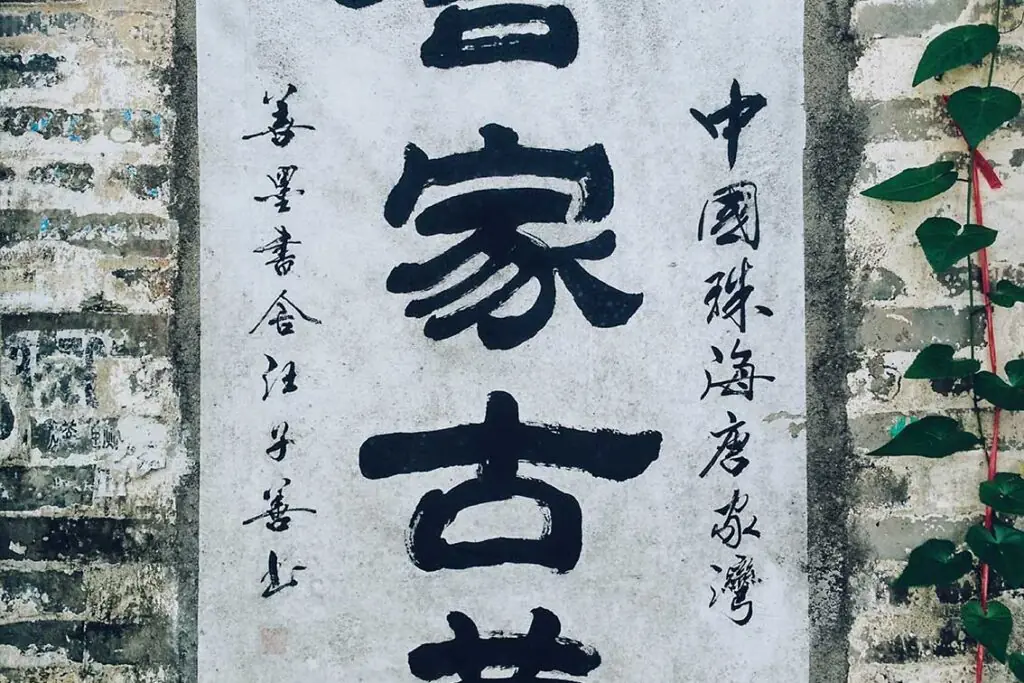
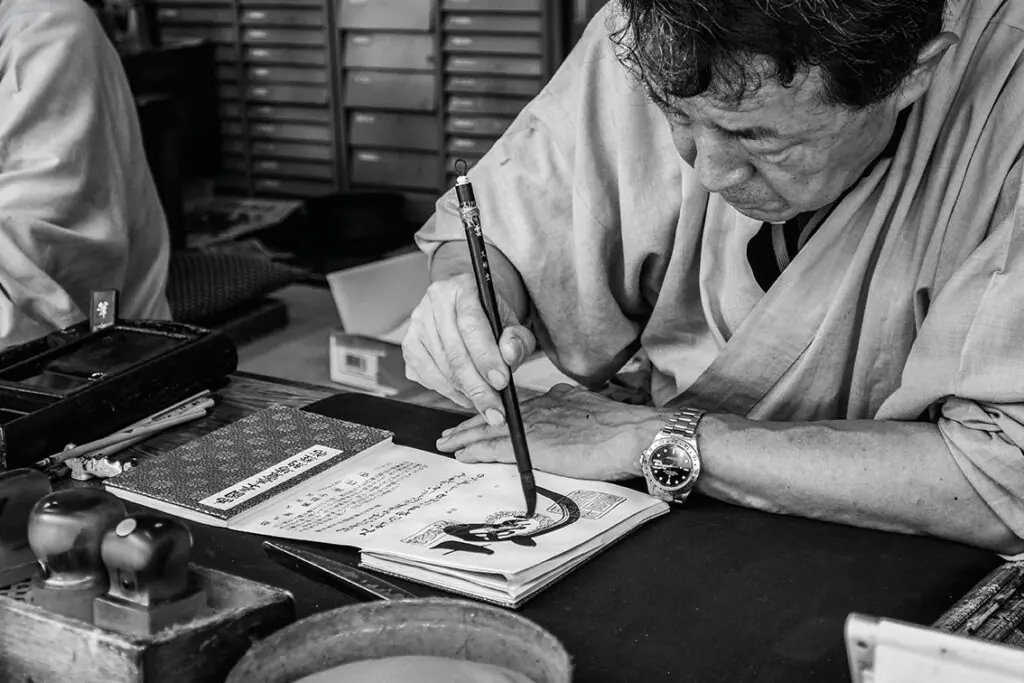
Today, Japanese art still plays a vital role in the Western art scene. Takashi Murakami is perhaps one of the most well-known artists of Japanese artistic illustration. His work spans the genres of manga, and anime as well as branching into religious artworks. Yet, it is his use of pastel colours and cute characters that have influenced western artists to infuse their work with the same soft nature. Hayao Miyazaki, the co-founder of Studio Ghibli has also made international success with his manga artworks. His work and his ability to create a utopian world through his drawings have even inspired Tropia Art. This modern-day generation of Japanese artists have elaborated on the traditional concept of Japanese art, bringing it to the masses.
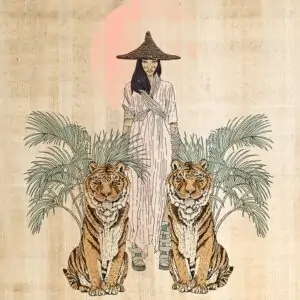
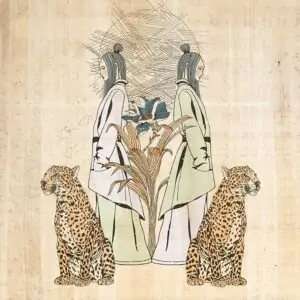
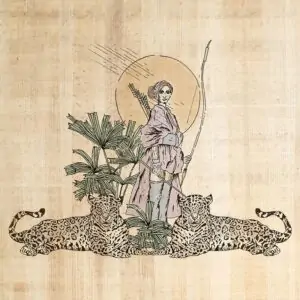
The simple and elegant way that Japanese line art creates a magical scene through brushstrokes reflects Jil-Laura’s original sketches for each Tropia Art artwork. The images created by Japanese artists are constructed from so few lines which creates a calming feeling for the onlooker. However, since the brushstrokes are minimal, detail is added in the form of dots using a technique known as pointillism. If you look closely at any of Tropia Art’s prints, you will see the same technique used. Pointillism is not to be mistaken with Japanese dot painting which is something completely different in style. Instead, pointillism tends to be carried out using a very thin tip of a pen and the dots are sometimes barely visible to the naked eye. This is a technique that artists use to create the impression of shadow, shading and depth and it contrasts with the traditional style of Japanese art.
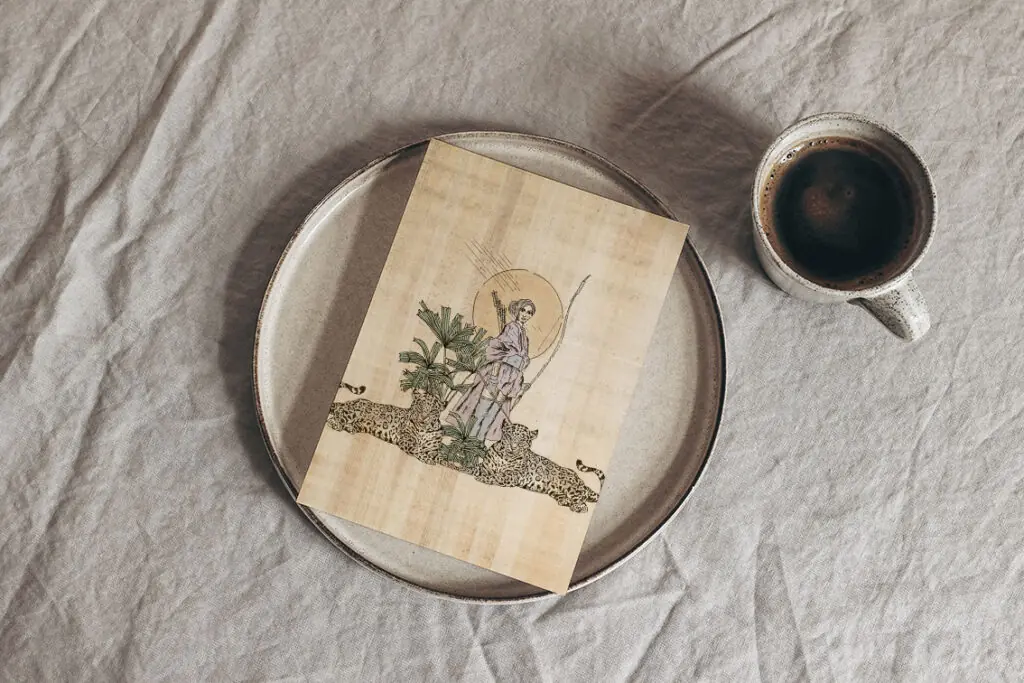
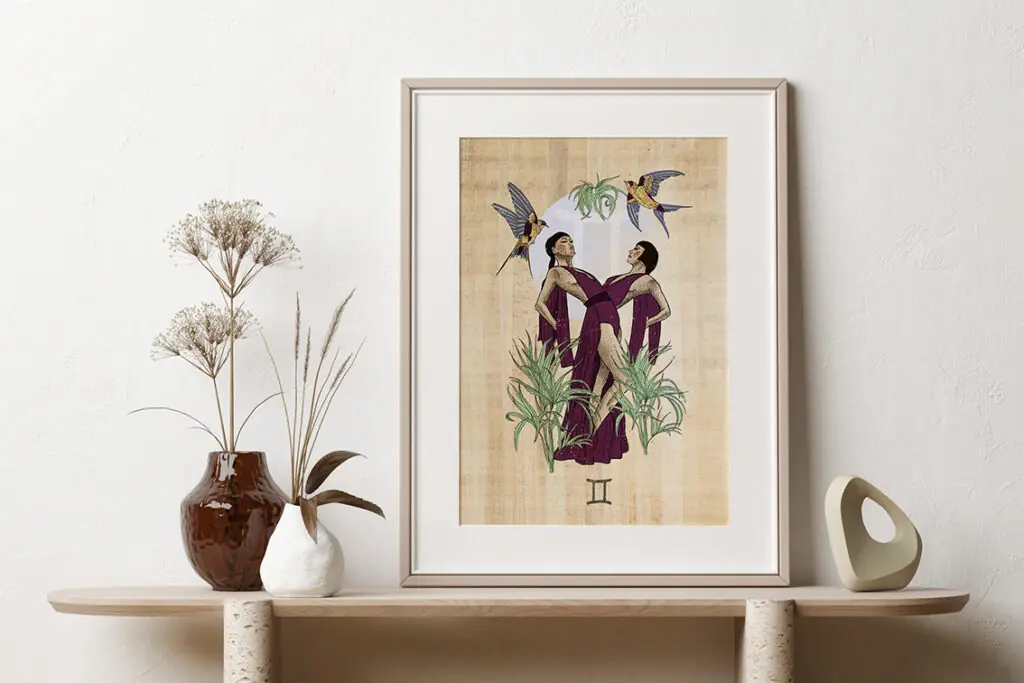
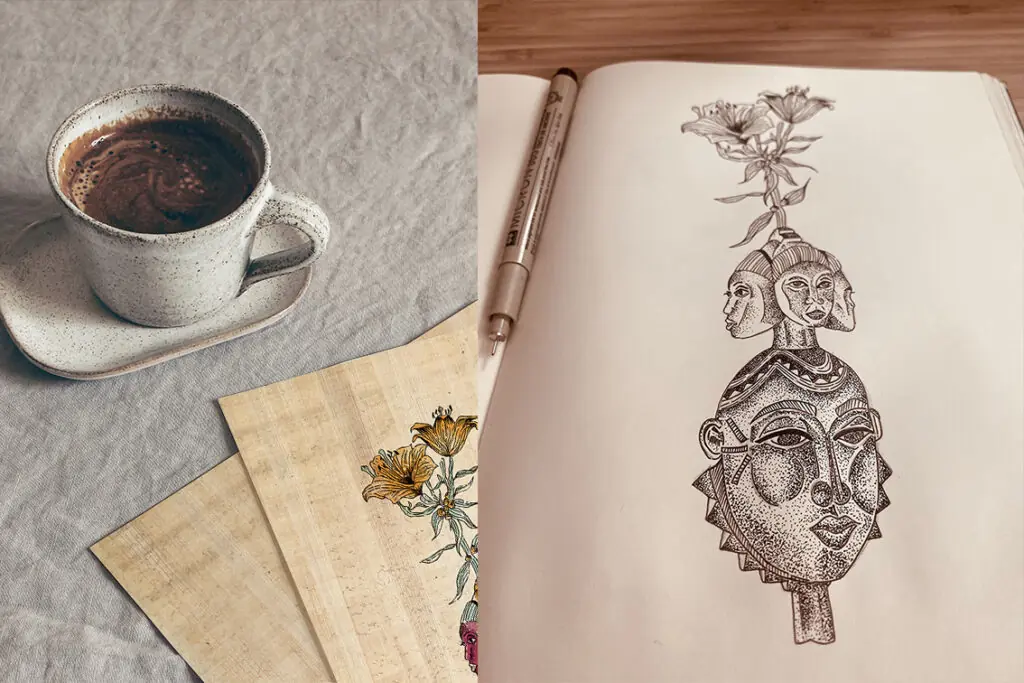

Vintage botanical illustrations are another key element in Japanese art. You will notice that the light, pastel colours used in the Japanese botanical prints are reflected in the feminine Tropia Art illustrations. From the light green foliage to the marshmallow pink of a sunset, the pastel tones and hues of Japanese art are omnipresent in Jil-Laura’s limited edition prints, yet adapted to fit a new subject matter. Botanical art is a celebration of nature and a core value for Tropia Art. The use of plant motifs within Japanese art instils a sense of calmness into the home while also infusing it with a feminine energy. By adding artworks inspired by Japanese botanical prints to the home, we are inviting a creative spirit into our lives.
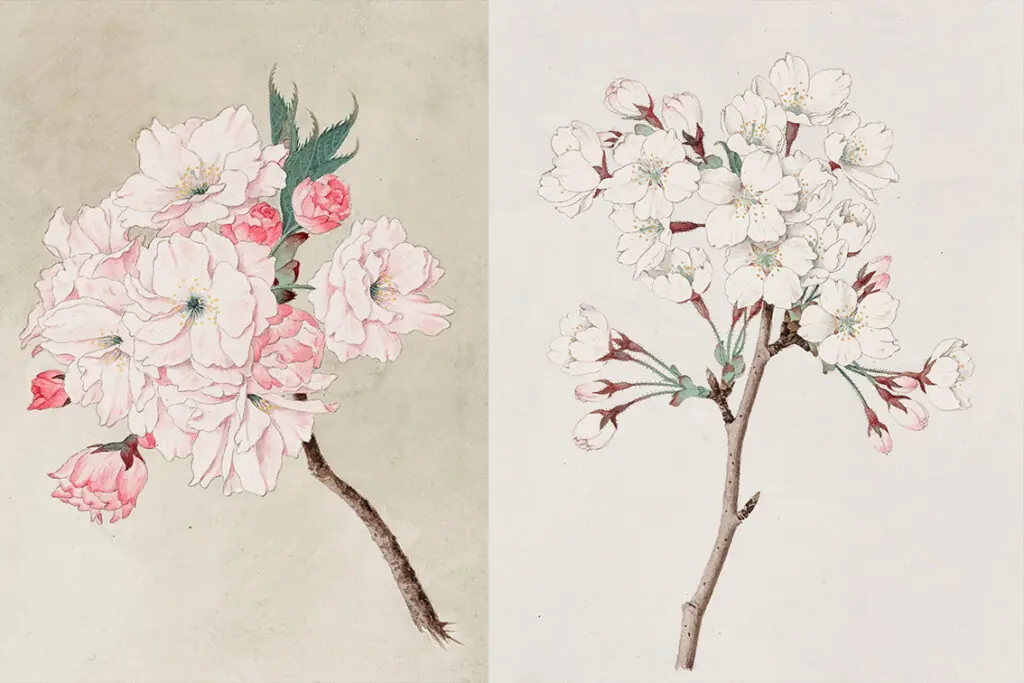
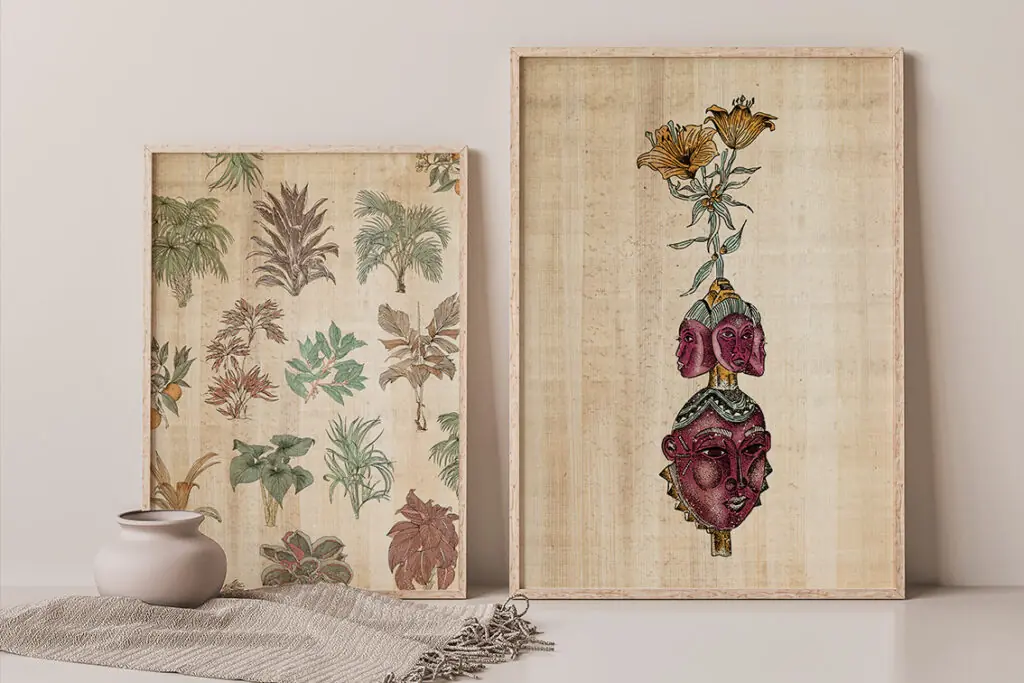
What makes Japanese art so interesting is that the style has emerged overtime bringing with it a multitude of visual identities. Yet, despite the varying aesthetics the essence remains the same: it tells a story of Japan’s rich culture and the Japanese desire to fill the world with beauty. Nowhere is this more apparent than in the beautiful ukiyo-e block prints that use scenes of waterways, folk art, Tokyo and the elegant female form to tell rich visual stories.
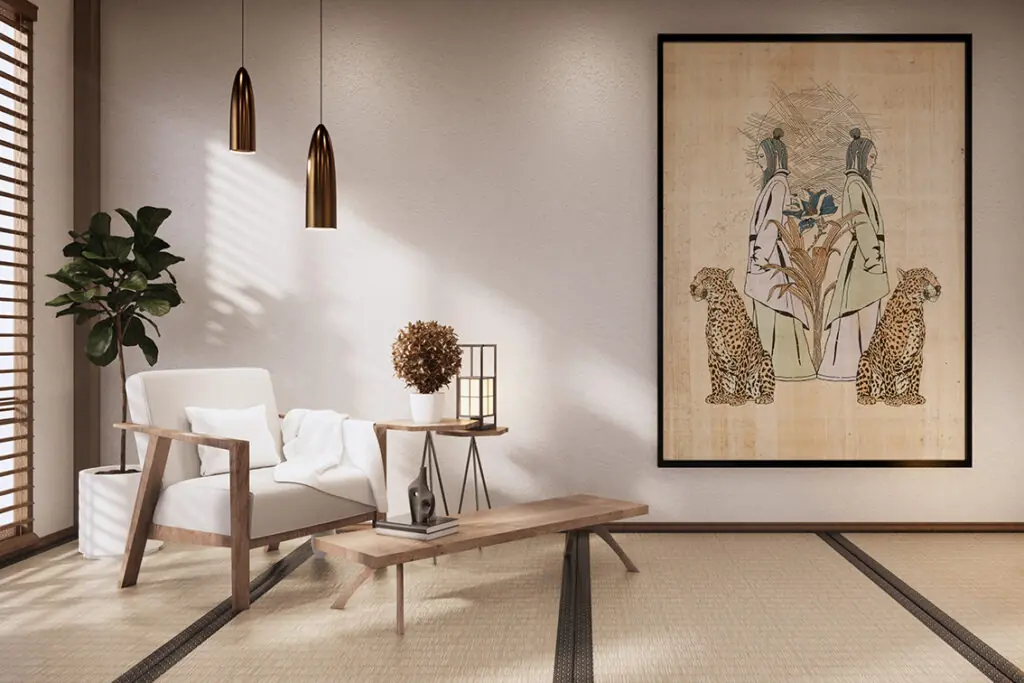
When shopping for art prints, the following characteristics are clear signs that the artist was inspired by Japanese art.
NEW! Tropia Art Prints
CONTACT
ART STUDIO based on the Canary Islands, often nomadic.
Shop and Co-Creating worldwide
© Tropia Art Studio 2025 | Web Design by MAPODEC
